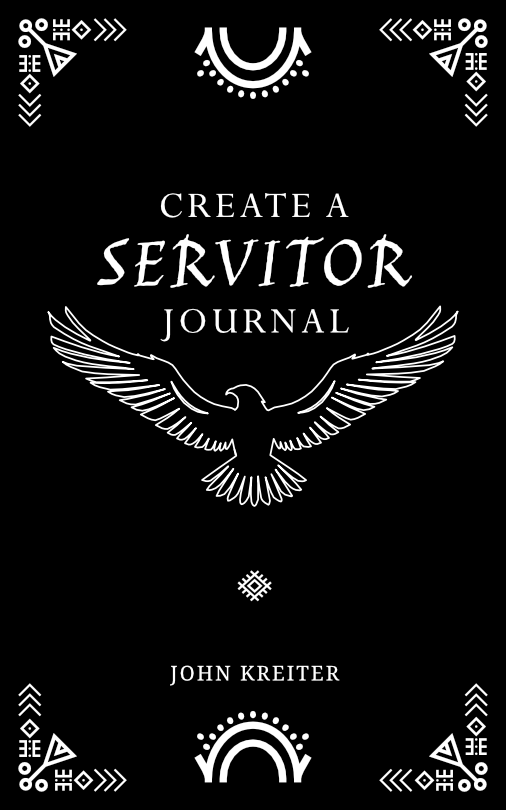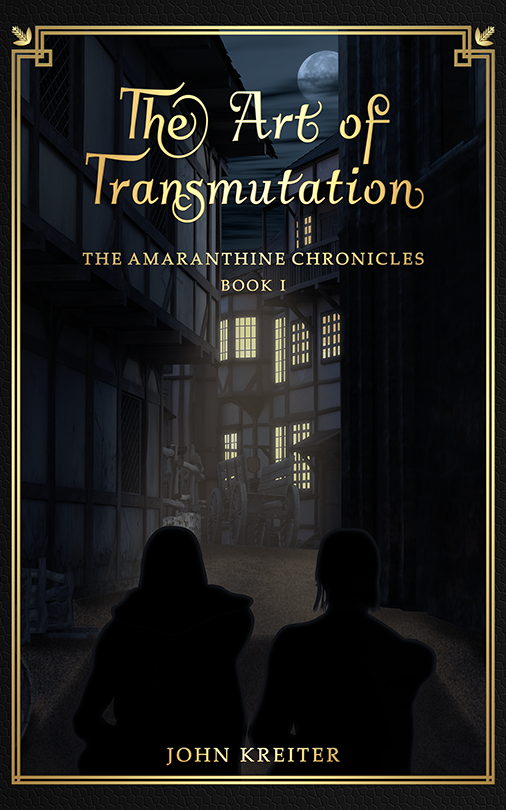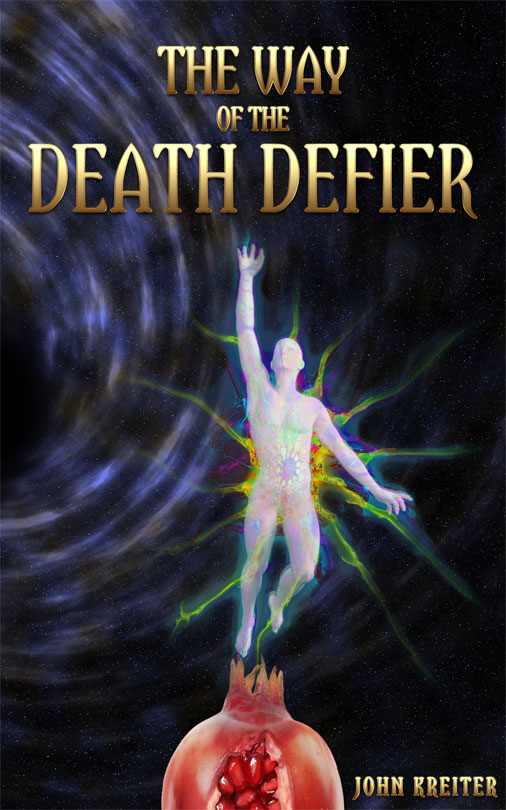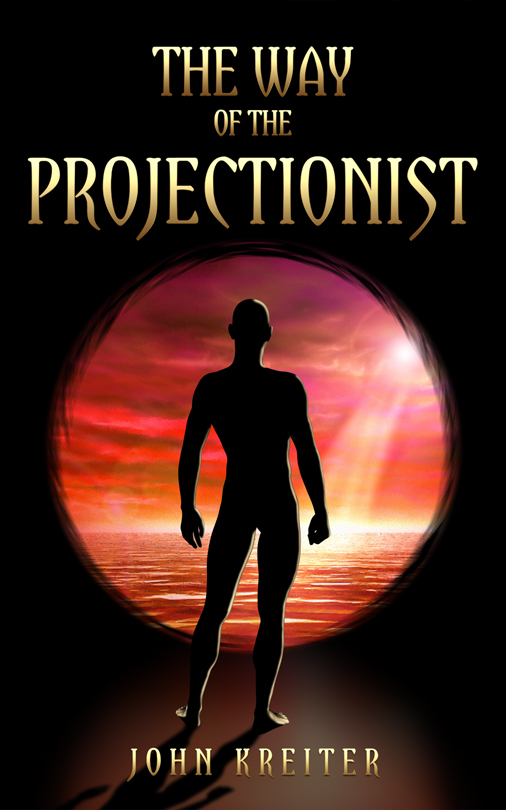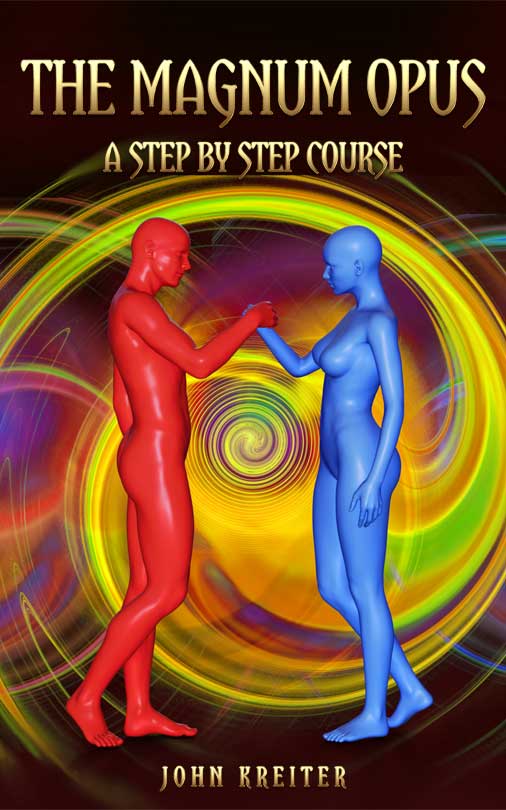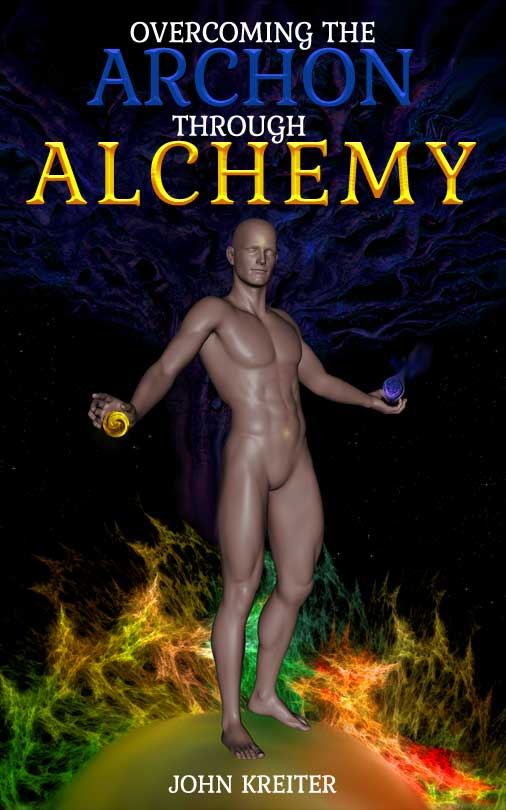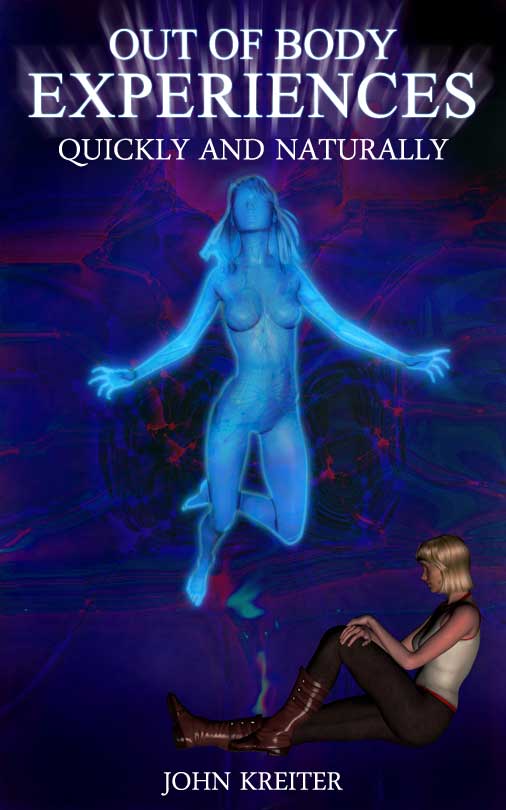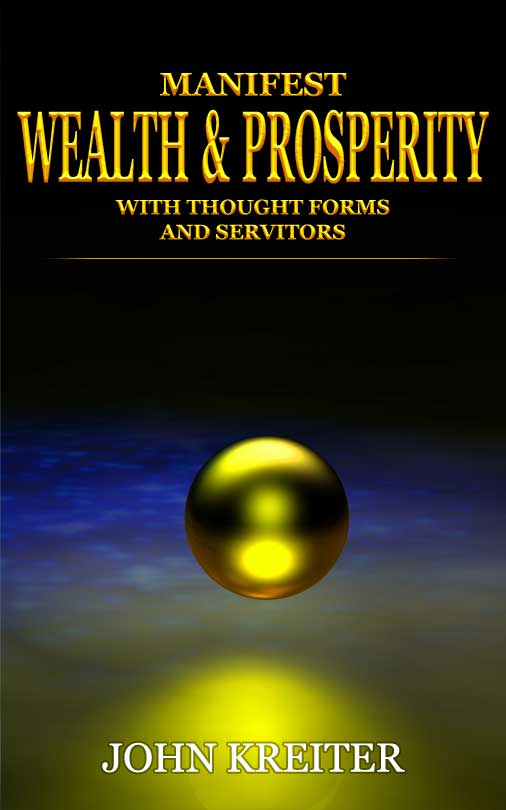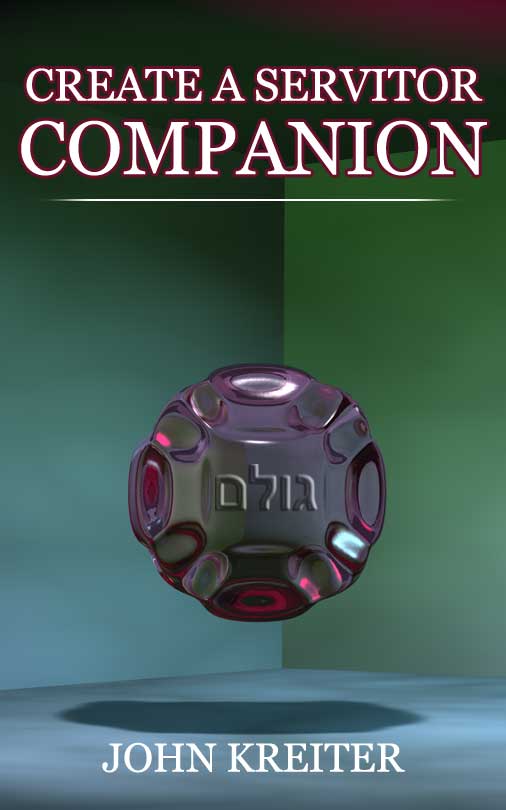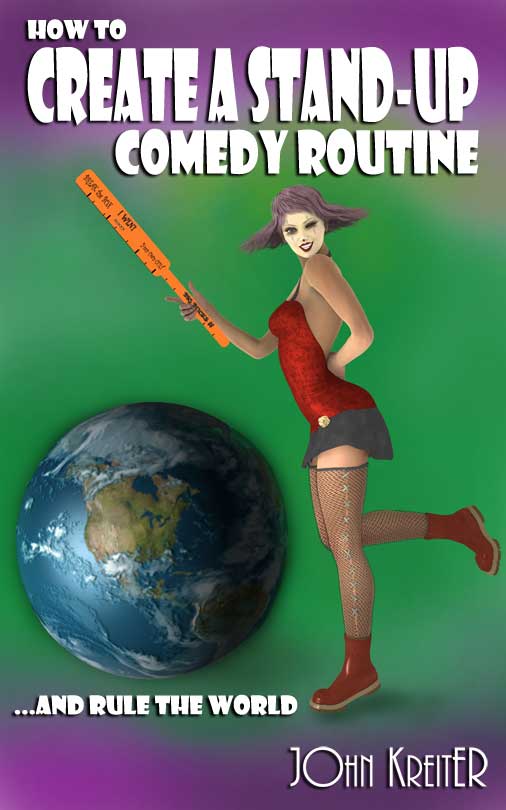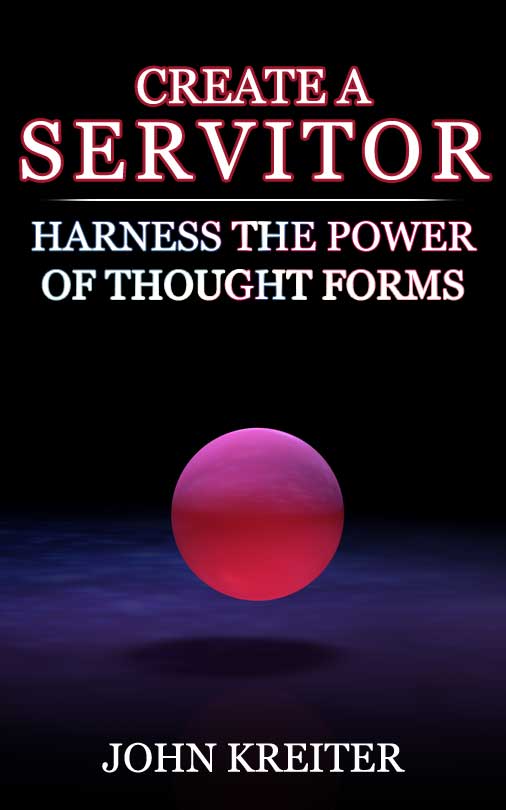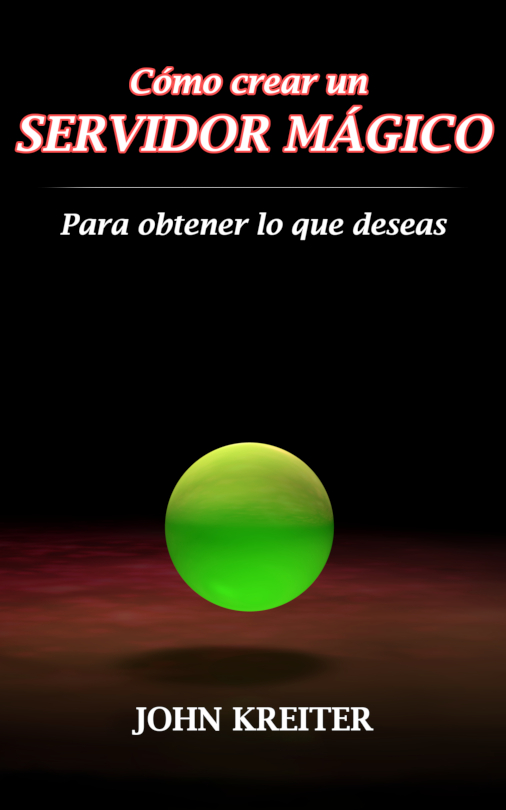Once a person has made the profound decision to become more than what they have been in the past, a subtle but unmistakable shift begins to take place within them. It is as if, for the first time, they are able to peer just a little beyond the veil that has always obscured their vision, to catch a fleeting glimpse of the invisible prison—the cube—that has, until now, quietly contained and defined their existence. This realization can be both exhilarating and deeply unsettling. Suddenly, the ...
Continue reading...
Have you ever wondered which mystical path truly calls to you? Are you the visionary who glimpses hidden truths, the creative soul who transforms the ordinary into the extraordinary, or the master of secrets who weaves the fabric of reality itself?Embark on this enchanting quiz to uncover whether your inner essence aligns with the Magician, the Alchemist, or the Seer.Not only will you unveil your unique arcane identity, but you’ll also receive tailored insights to help you nurture and expand...
Continue reading...
Over the years, I have written extensively on a concept I have come to call gravity. This term, while familiar to most as the force that holds planets in orbit and keeps our feet firmly planted on the ground, holds for me (as an inner alchemist) a far richer and more intricate meaning. My use of the word gravity is, at times, aligned with the classical understanding of the phenomenon described by Newton and Einstein, the invisible force that shapes the cosmos and governs the movement of the ...
Continue reading...
Change can be very difficult, especially when the people around you aren’t changing, or when they have other values that are not inherently your own. This difficulty becomes even more profound and challenging when you find yourself living in a society that is in the midst of deep change. In such a circumstance, you may think that you have to physically oppose others, that you must stand against them or fight them in some way, but this is a grave mistake from the inner alchemist’s...
Continue reading...
From a personal perspective, for the average person, the world at large, the world “out there”, seems to be a very stable place. We wake up each morning to familiar surroundings: the walls of our homes, the streets we walk, the faces we know. The world appears solid, unwavering, and reliable. Indeed, for most of us, the “out there” is so concrete that it feels as though it is filled with hard, unchanging objects: tables, chairs, buildings, trees, and even the sky abov...
Continue reading...
In my last article, I introduced a particular philosophical perspective that I referred to as the mad logician. This perspective is far more than just a way of thinking; at its deepest level, it is a technique. It is a practice that not only fosters the blossoming of perception and awareness, but also serves as a powerful means for the absorption and containment of energy. This is a central tenet of inner alchemy, the way of being and action that I follow.Recently, a thoughtful reader p...
Continue reading...
After watching a handful of debate shows and listening to various podcasts where people passionately argue their positions on controversial issues, I found myself wondering what it would be like to join one of these discussions myself. The idea was tempting at first. The thought of sitting across from a well-known host, or perhaps a panel of experts, and engaging in a spirited exchange of ideas had a certain appeal. But as I thought more about it, I realized that stepping into that arena wou...
Continue reading...
What if everything you thought you knew about reality is just…a very convincing illusion? Prepare to have your perceptions challenged as we explore mind-bending new theories, and ancient wisdom that suggests our consciousness may play a far greater role in shaping the universe than we ever imagined. Read on to discover how modern science is echoing ideas explored by ancient mystics, and what it could mean for you!
The Echoes of Ancient Wisdom: How Science Is Confirming Ideas Centuries Old
...
Continue reading...
Occasionally, we encounter logical conclusions so profound they seem to defy conventional rationality. These aren’t the product of complex symbolic logic or mathematical formalism; rather, they stem from a fundamental understanding of causality – the simple act of tracing cause and effect. In its purest form, stripped of dogma and nuance, logic is the study of causality.
It’s rare, but powerful thinkers sometimes construct causal frameworks that challenge our most basic assumptions a...
Continue reading...
I recently received a question that resonated with me – because it is a theme I’m also exploring in my upcoming book. Could artificial intelligence be responsible for some of the strange, pervasive feeling of liminality we’re ‘increasingly’ experiencing? Those uncanny spaces, often called “backrooms,” that stretch on forever with familiar yet subtly wrong details? The commenter described them as if constructed by a struggling AI, generating imperfect variations—sixteen vers...
Continue reading...
Have you ever walked down an empty hallway late at night and felt a strange sense of unease, as if the world was holding its breath? Or maybe you’ve stared at a flickering fluorescent light in a deserted office and wondered if you were really alone. Welcome to the world of liminal spaces—a realm where the ordinary becomes extraordinary, where reality feels thin, and where, some believe, the boundaries between dimensions blur.In this article, we’re diving deep into the mysteries of liminal sp...
Continue reading...
As an inner alchemist, I’ve always been fascinated by those strange areas we call liminal spaces. These are thresholds, crossing points where the world we think we know – the one that usually makes sense and follows predictable rules – starts to fade or bend. Think of them as doorways between our regular, day-to-day existence and other possibilities, places where reality itself seems ready to change form. They exist not merely as geographical locations but as states of being, points where th...
Continue reading...
In my previous article, I explored how inner alchemists and sorcerers manipulate awareness to traverse space and time. I proposed that the perceived duality of concave and convex spaces—often interpreted by the physical senses as fixed dimensions—is an illusion shaped by intensity, a fundamental aspect of time. Intensity, in this context, functions analogously to gravity: as you shift the intensity at any given spacetime coordinate, you effectively alter the gravitational influence of that p...
Continue reading...
For inner alchemists, the world reveals itself in ways that most people never experience. By using their inner senses—perceptive abilities that extend far beyond the familiar five physical senses—these practitioners of inner alchemy perceive a universe vastly different from the one commonly understood. This act of looking within, rather than relying solely on external observations, opens up new realms of understanding and exploration.
The inner senses allow alchemists to delve into perspec...
Continue reading...
Words can be a labyrinth, a maze of endless twists and turns where meaning gets lost in the vastness of linguistic infinity. But sometimes, the best way to grasp complex ideas is through the lens of pop culture. It’s like using a cartoon map to navigate the cosmos – simplistic, yet oddly effective.
Enter Rick and Morty, a show that’s more than just burp jokes and interdimensional cable. In its early seasons, it served up a heaping plate of existential crisis with a side of pick...
Continue reading...
In the labyrinth of language, terms are not mere signposts but living, breathing entities, shapeshifting according to the winds of context and time. They are slippery creatures, these words, wriggling out of one’s grasp like eels coated in oil when one tries to pin them down. You utter phrases using specific verbal tools, and they seem to resonate with an inner harmony, a symphony that aligns perfectly with the underlying logic of the era. This logic, this governing rationale, is not s...
Continue reading...
As a writer and an inner alchemist exploring the intricacies of human thought and awareness, I frequently delve into the concept of rational skepticism—which is traditionally defined as the tendency to question and doubt established beliefs and ideas—but which I find to be exactly the opposite.
This inversion of definitions in our world could be a topic for a future article, as it represents an Archonic consequence with nearly immeasurable damaging costs to individual reality. However, in ...
Continue reading...
Have you ever felt an inexplicable connection to a particular time or place? Do you sometimes experience déjà vu that seems too vivid to be mere coincidence? These sensations might be more than just quirks of the mind – they could be glimpses into your past lives. Reincarnation, the belief that our souls are reborn into new bodies after death, has fascinated humanity for millennia.In this article, we’ll explore the intriguing world of reincarnation, delving into traditional views and m...
Continue reading...
Discover Your simultaneous lives: An In-Depth Exploration of your reincarnational history
Inner alchemy offers a fascinating perspective on reincarnation, viewing it as a simultaneous rather than linear process. This concept proposes that all incarnations—past, present, and potential future—exist concurrently in an expansive present moment.In this framework, your various lives form an intricate network of interconnected experiences. Each incarnation contributes to the complex entity that i...
Continue reading...
In the pursuit of knowledge, inner alchemists often tap into certain wells of information found in the world at large. These wells are deep fonts of knowledge, and to access them, we seek what I call “keys.” I’ve discussed these keys in my writing, describing them as starting points or portals that lead to deeper reservoirs of wisdom.
Recently, while responding to a reader’s comment, I was prompted to provide the starting point for a particular key—one that unlocks ...
Continue reading...

